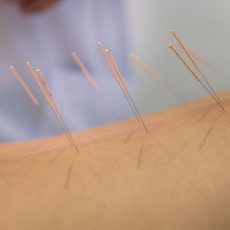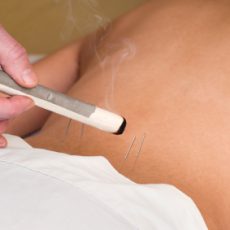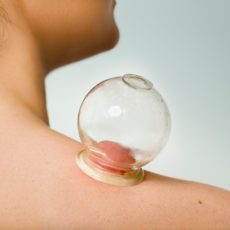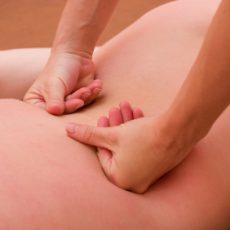What is Traditional Chinese Medicine (TCM)? How is it different from Western Medicine?
TCM has been used for thousands of years in treating patients with tens of millions of documented successful cases. It is one of the very few traditional medicine systems which continues to hold its own in the face of the dominance of the western medical model. It is fundamental to the nature of TCM to see the patient as a whole, not just her/his condition. Unlike conventional medicine, which relies on surgery or drugs to cure, TCM believes in the innate ability of the body to heal itself. Using herbs, acupuncture, moxibustion (moxa), cupping, tui na massage, etc., TCM aims at self-healing and prevention rather than reacting to and suppressing symptoms as they arise. Patients are often amazed to find that not only are their main complaints improving, but many secondary complaints are also responding. This contrasts with the effect of many of the modern drugs which, due to their side-effects, create secondary complaints rather than improvement, especially over an extended period of administration.
How does a Chinese medicine doctor make a diagnosis?
In addition to western medicine diagnosis, a Chinese doctor makes a Chinese medicine diagnosis in terms of Yin, Yang, Qi, Blood, and Organ Imbalance. The diagnosis is based on the Eight Principles, which are composed of four pairs of opposite categories: Yin and Yang, Exterior and Interior, Cold and Heat, and Deficiency and Excess. The Eight Principles serve as a framework for the data gathered through observation, physical examination, and tongue and pulse diagnosis.
Tongue and pulse diagnosis constitute the “two pillars” of traditional Chinese medicine diagnosis. The tongue is considered a sensitive indicator of a person’s health. Subtle changes in its colour, texture, shape and coating indicate specific body imbalances and tell the progress of the illness. The pattern of a person’s pulses, like the tongue, also indicates the type of energetic disharmony or disorder. By feeling pulses on each wrist along the radial artery, a well-trained Chinese doctor can detect underlying imbalances of internal organs and the body as a whole. Once the pattern of disharmony/imbalance is confirmed and the Chinese diagnosis is made, the doctor makes a treatment plan for the particular patient to restore her/his health.
Can the treatment be used in conjunction with conventional western medicine?
Conventional western medicine and traditional Chinese Medicine can be combined and they often enhance each other’s effects. Acupuncture, cupping and massage are compatible with virtually all modern medical techniques. Chinese herbs can greatly enhance the benefits of conventional western medications. At times, it may be possible to eliminate the need for some of these medications.
The power and effectiveness of Chinese medicine is evidenced by its long history of continued success, as well as modern research studies.




